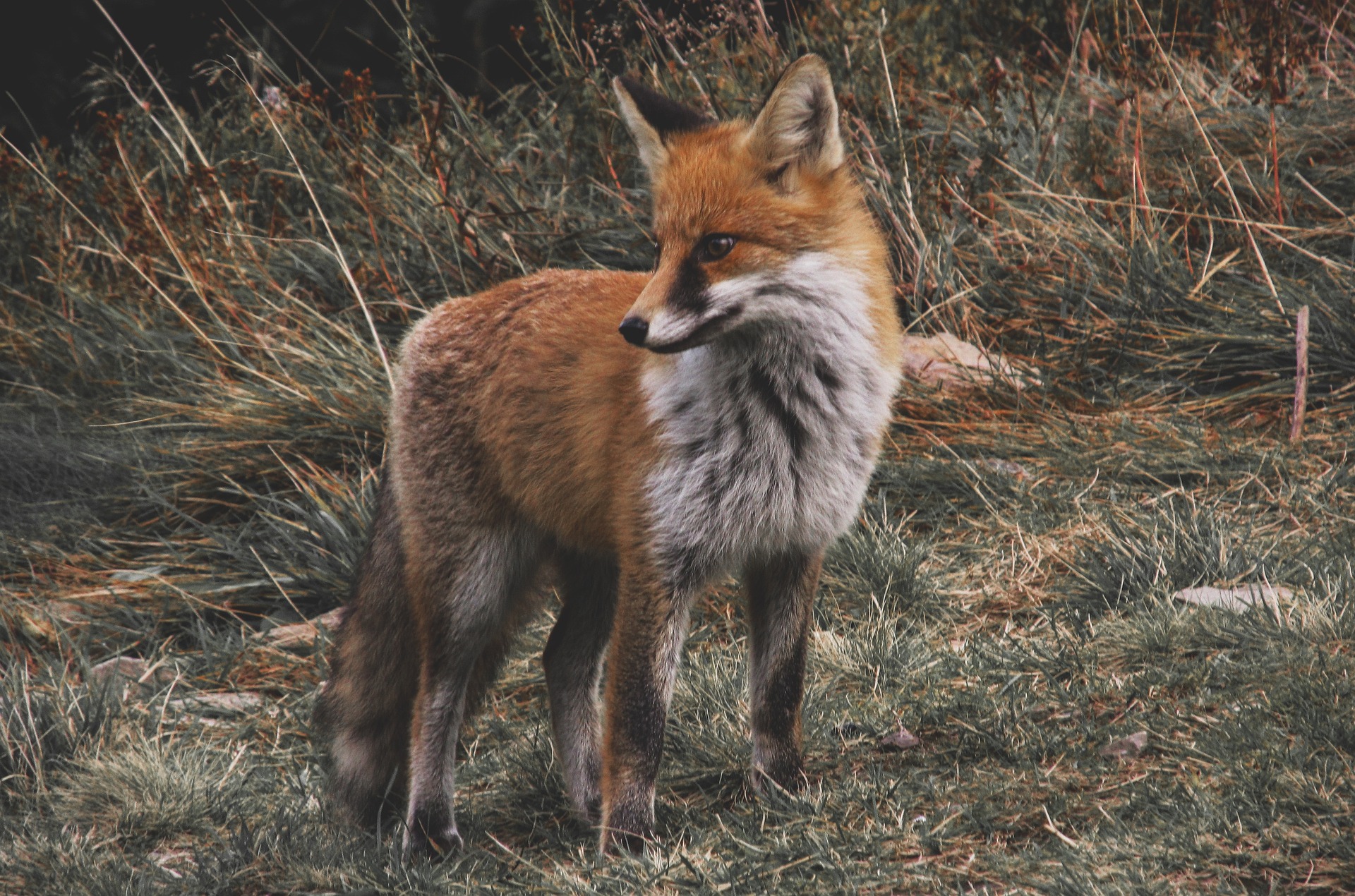News release
From:
Are dingoes the answer to Australia’s feral cat and fox problem?
- A new study headed by a Harry Butler Institute scientist could inform the debate whether dingoes can help supress the impact of the smaller feral cat and fox.
- The findings identified the key differences and overlap in diets of these three-predator species.
- The results suggest that because of the low degree of dietary overlap between the three predators, it’s highly unlikely that dietary competition with dingoes would supress cat and fox numbers.
A new study led by a Harry Butler Institute (HBI) scientist has queried whether dingoes, one of Australia’s apex predators, can help suppress introduced cats and foxes.
With 33 mammals, nine birds and three reptile species listed as extinct since the arrival of Europeans in Australia in 1788, the continent has the highest rate of extinction anywhere on the globe.
This devastating figure is largely due to habitat loss from land clearing, grazing and altered fire regime, coupled with the introduction of predators including the domestic cat and red fox.
Professor Trish Fleming, Director of the Centre for Terrestrial Ecosystem Science and Sustainability at HBI is lead researcher of a new study that's reviewed 157 Australian cat, fox and dingo diet studies to help inform the question of meso-predator (feral cat and fox) suppression by dingoes.
The national team of co-authors investigated key differences and overlap in diets of these predator species to understand their current diets and how they have changed over time, and across the country.
The findings, recently published in Royal Society Open Science, provide a comparative analysis of the diets of all three predators and identifies environmental factors that influence dietary overlap.
Professor Fleming said that the results, based on almost 70 years’ worth of data and almost 100,000 samples, show distinctive diets for dingoes and feral cats.
“Cats consume mostly birds, reptiles and small mammals and are also reasonably flexible about what they eat, while dingoes consume more medium-sized and large mammals, including livestock.”
“Foxes show substantial dietary overlap with both cats and dingoes. Their diverse and opportunistic diet means they will simply switch food sources to mitigate food competition with dingoes,” she said.
Professor Fleming advised the results have conservation implications, especially for re-wilding programs that propose reintroducing dingoes to help control feral cat and fox abundance, and therefore decrease predation pressure on native prey species.
These results suggest that all three species would rarely compete for the same food items.
“It is therefore unlikely that dietary competition with dingoes would suppress cat or fox numbers.”
The study further reinforced concerns about the consequences of predation by feral cats and foxes on threatened species.
“We know that cats and foxes are both a serious conservation threat to Australian native fauna. Our findings further prove the need to control cats and foxes to protect vulnerable native species”.
Professor Fleming was joined by leading mammal ecologists from Charles Darwin University, University of Sydney, NSW Department of Primary Industries, WA Department of Biodiversity, Conservation and Attractions, and Queensland Museum Network.
(ENDS)
Further information
Dingo diet and suppression consideration
- There was also evidence collated showing that dingoes prey on cats and foxes, with evidence of consumed cat reported in 45% of dingo diet studies and consumed fox reported in 19% of dingo diet studies. However, the total frequency of occurrence was low, with 1.3% of diet samples containing cat and only 0.5% of samples containing fox.
- Dingoes are also known predators of many native species including wombats, echidna, bandicoots and rock wallabies, as well as threatened species such as koalas and bilbies.
- Dingo predation is therefore another consideration for their re-introduction to sites where threatened populations of native fauna occur.



 Australia; International; NSW; QLD; WA
Australia; International; NSW; QLD; WA


